
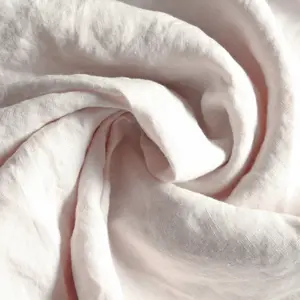
Bán Sỉ Đá Đã Được Giặt Vải Lanh 100% Vải Lanh Nguyên Chất Cho Rèm Và Bộ Đồ Giường Lanh Pháp 57-130 "Rộng Vải


Chất Lượng Cao Chống-Tear Xuống Bằng Chứng Chống Nhăn Lớp Phủ 15D Pongee Tái Chế Vải Cho Xuống Bằng Chứng Áo Khoác



Hsf 65 Polyester Không Thấm Nước Bông Vải Vải Vải 8 10 12 14 16 Cho TC Vải Canvas Tote Túi Mua Sắm

Sẵn sàng vận chuyển

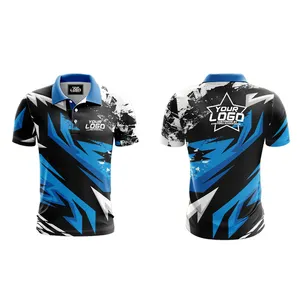
Bán Buôn Áo sơ mi Polo Thổ Dân đội ngũ thiết kế hàng đầu tùy chỉnh thăng hoa hoàn toàn nhanh chóng làm khô nam Polo Áo sơ mi Golf

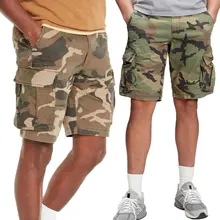


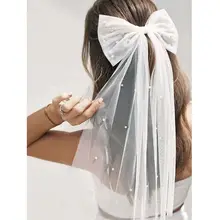
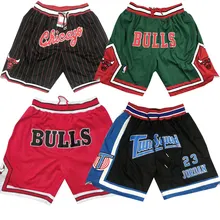
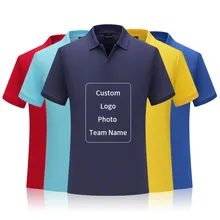
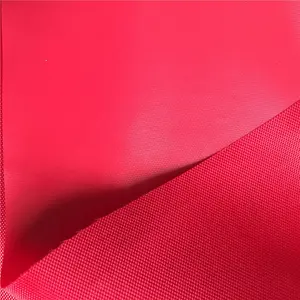

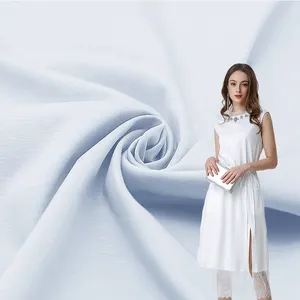
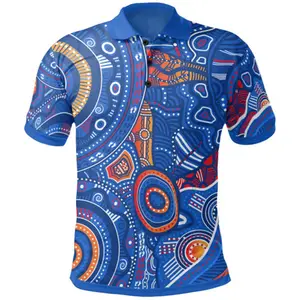
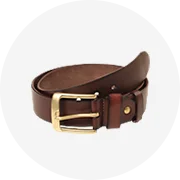

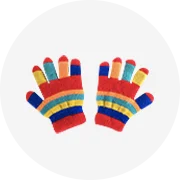
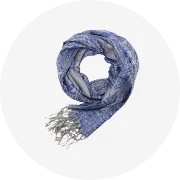


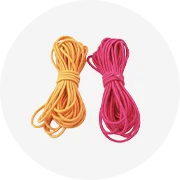

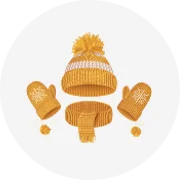
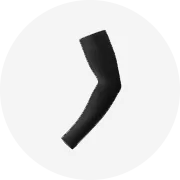

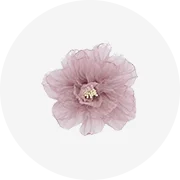
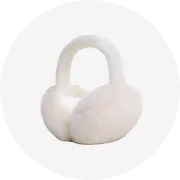


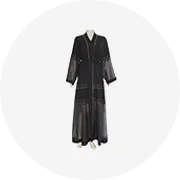








 浙公网安备 33010002000092号
浙公网安备 33010002000092号 浙B2-20120091-4
浙B2-20120091-4